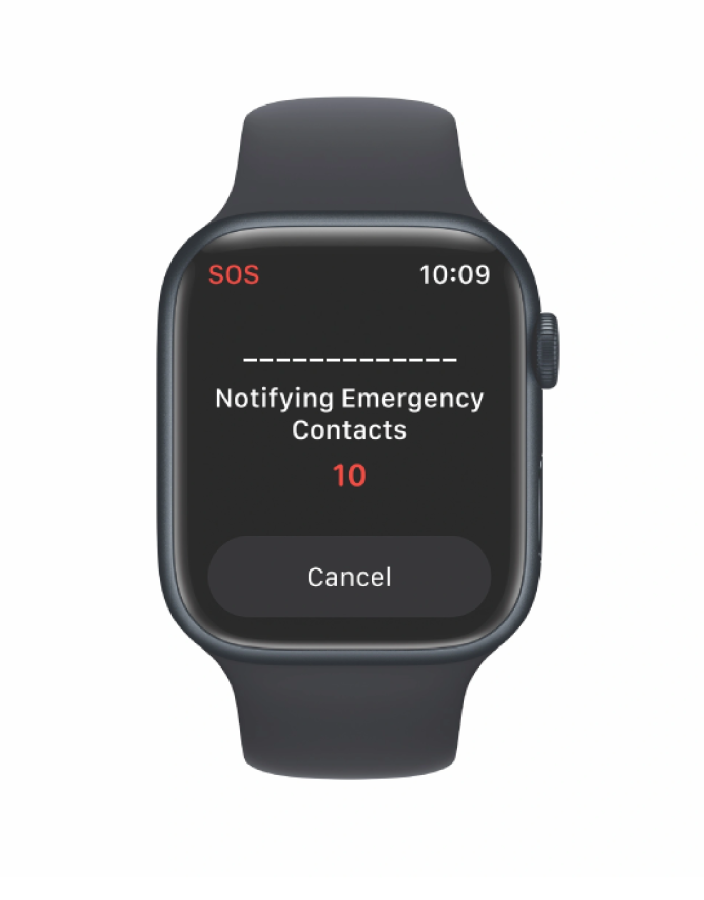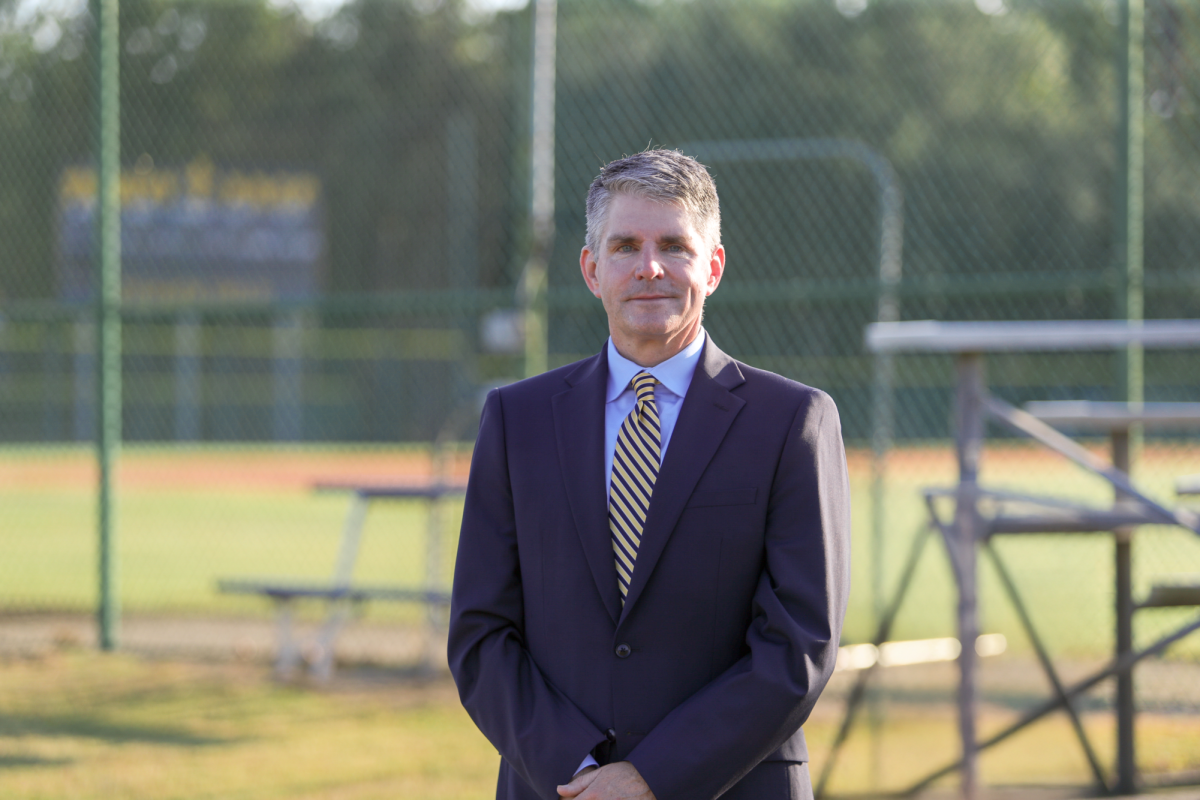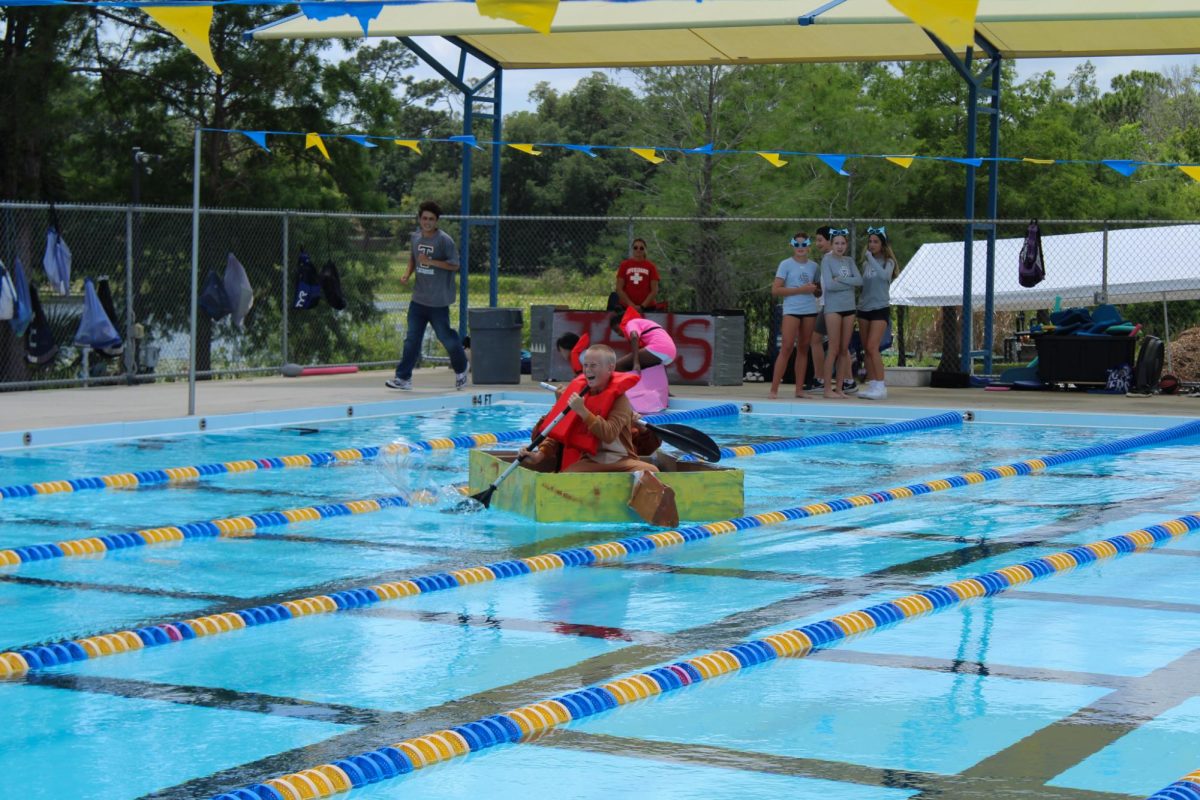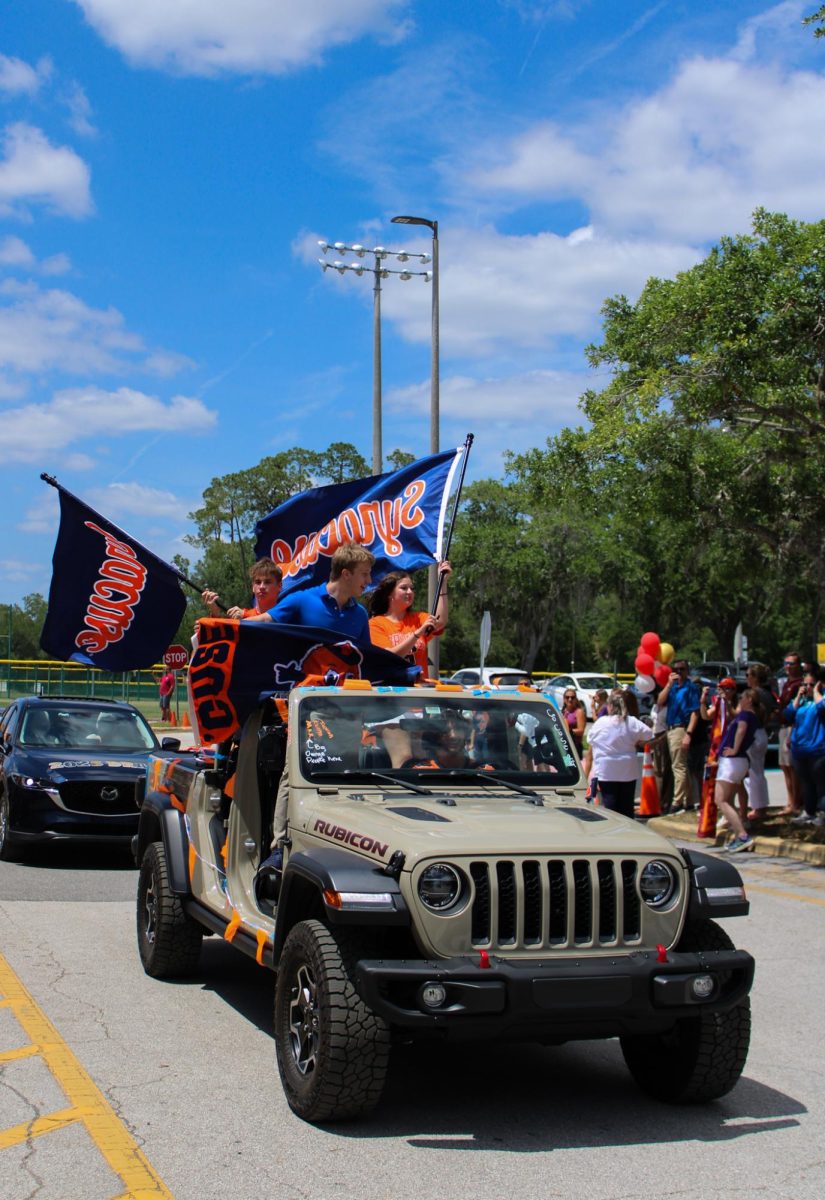Ski season in Idaho’s Schweitzer Mountain resulted in a surge of 911 calls to the Bonner County Sheriff’s office, all reporting a crash or fall. But the cause wasn’t a catastrophe but a new technology Apple introduced. The error is another instance of technology interfering with everyday life.
Crash Detection for the Apple Watch was first introduced on September 7th and is now available for the iPhone 14 and iPhone 14 Pro models, Apple Watch Series 8, Apple Watch SE 2nd generation, and Apple Watch Ultra. According to the Apple support website, the software can identify collisions involving sedans, minivans, SUVs, pickup trucks, and other passenger automobiles. The Bonner County Sheriff’s office reported in a Facebook post that roughly 30% of 911 calls resulted from activities on Schweitzer Mountain, a popular ski resort in the area.
Skiing has a reputation for being dangerous, as any part of the body can be injured during the activity.
Sophomore Nick Kogan has skied since he was young and never got in a major accident, but he knows people who have. A few years ago, his friend was skiing for the first time and crashed into a tree after losing control. He had to be airlifted to Denver for medical attention.
“[My friend] has really bad brain damage,” Kogan said. “If people ask him to raise his arm, it might be five minutes before he can do it.”
According to Chief Technology Officer Alex Podchaski, crash detection is most likely caused by abrupt stops after traveling at high speeds.
“The accelerometer already in the device [or] the sudden impact of even falling down while skiing could easily trigger an indicator,” Podchaski said. “If you’re moving at 20 miles per hour [then stop], automatically it’s going to assume something went wrong.”
Skiers in the mentioned area have been told to watch their devices on the slopes, though Apple has not commented on fixing this issue.
“What [Apple] will probably end up doing is refining it,” Podchaski said. “They will hopefully give an option where you can choose ‘I’m doing an activity’…a monitored and supervised activity where there [are] lots of people around.”
Solutions for this occurrence may be as simple as not wearing Apple watches while skiing, though according to Podchaski, there is room for Apple to improve.
“The goal basically [is to] suspend [ the crash detection] function for a little while versus every time you fall, it calls 911,” Podchaski said. “So there’s some software potentially that we can petition Apple to do for those kinds of things. You want to see how it is enabled, make sure it’s passcoded so that you don’t accidentally shut it off or you don’t shut it off on purpose.”
A malfunction with the crash detection in Apple devices isn’t the only time software has done its intended purpose and not worked out. Amazon Alexa has been accused of spying on users due to its information collection. Technology has a very prevalent role in everyday life, and according to Podchaski, avoiding it is the only way to stop technological interference.
“By choosing to [use] a watch like that, [you’re] inviting extra technology into all aspects of your life,” Podchaski said. “If you start using social media [and] you’re not careful about everything you put on social media, people can figure out exactly who you are, where you are, what you’re doing, and everything at all times.”
Incidents like Apple crash detection and similar draw more attention to the existing conflict of how technology affects day-to-day life.
“We need to look at how we do wearable technology…so that when we decide to use a piece of technology, we have a better idea of what it is really capable of doing,” Podchaski said. “That’s really how we have to start looking at inviting a piece of technology into our lives.”















